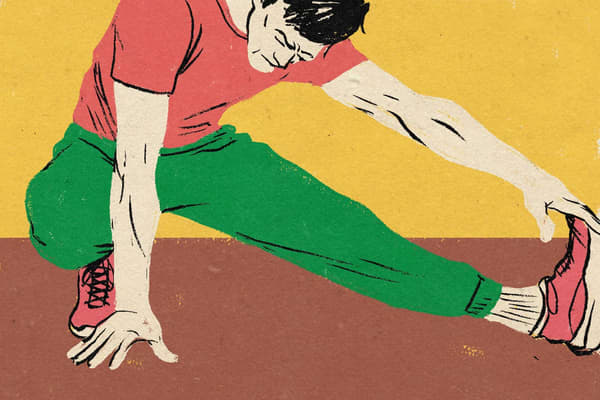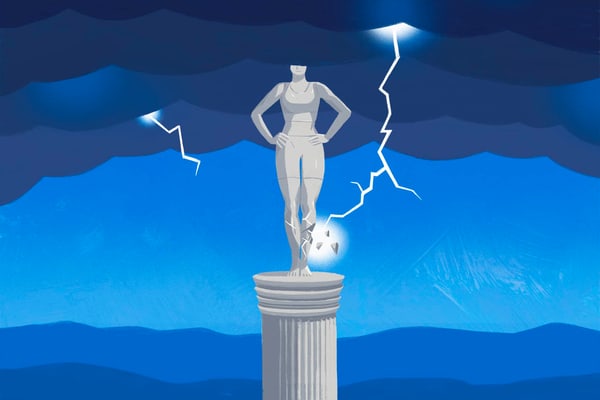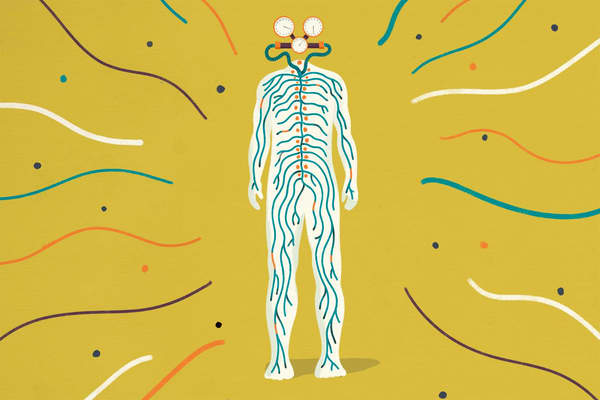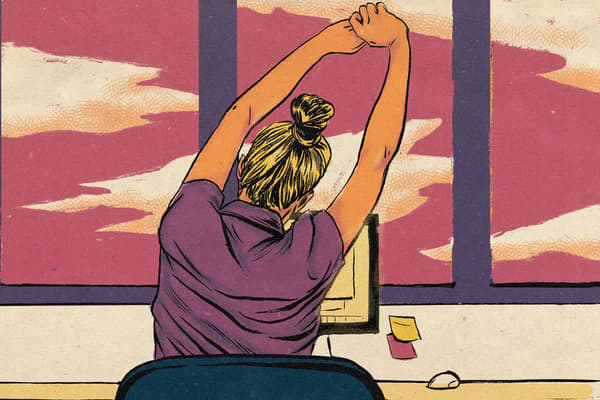Everything Experts Want You to Know About the Female Athlete Triad
Health & Wellness
This sneaky syndrome affects athletes of all ages and abilities. Thankfully, it can be treated using a team approach.
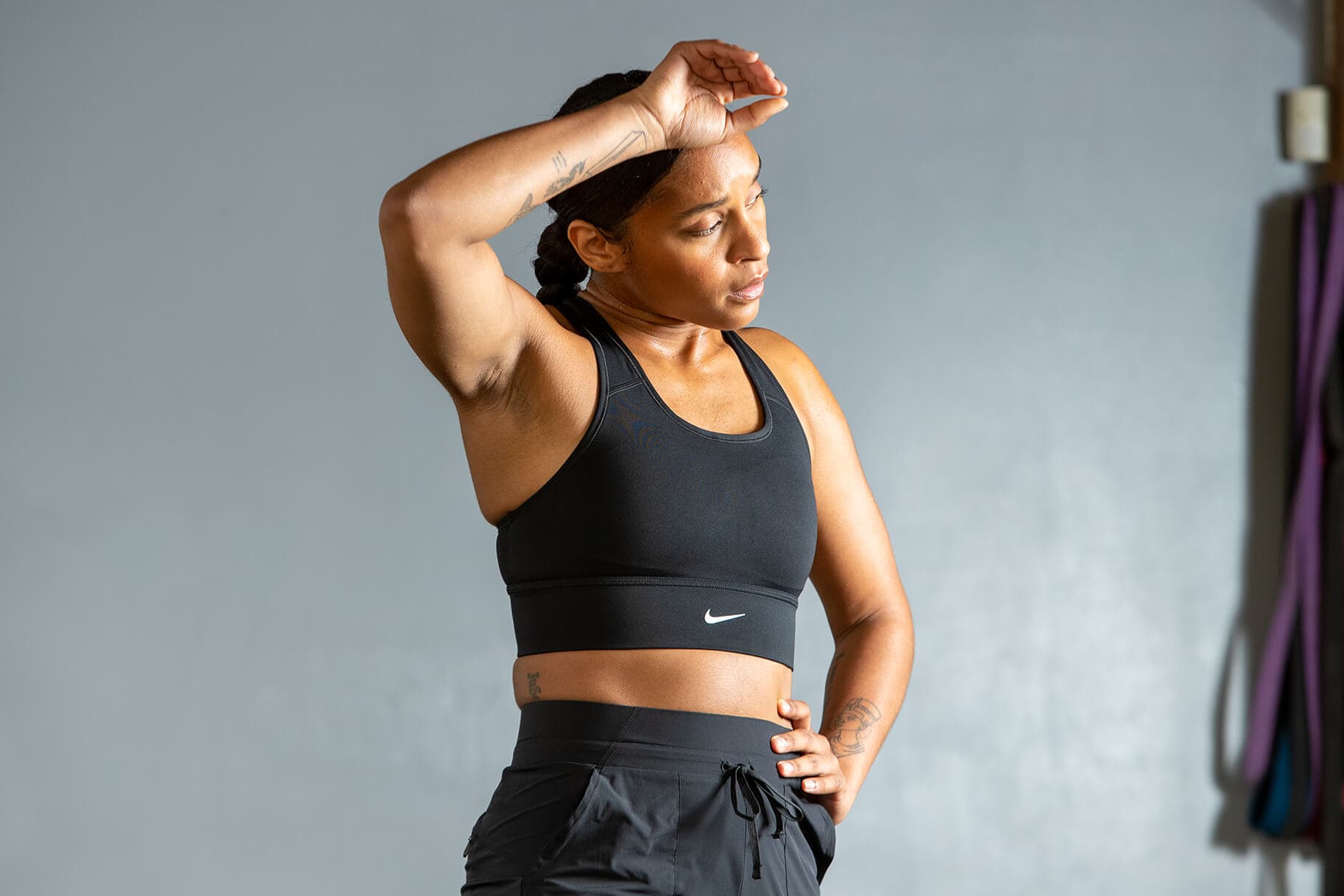
For female athletes of all ages and fitness levels, involvement in sport and exercise has been proven to offer a host of benefits, like improved self-esteem and a stronger, healthier body. But for some athletes, prioritising exercise over adequate recovery and nutrition can occur, resulting in a relatively common condition: the female athlete triad.
The Female Athlete Triad, Explained
According to a 2000 article in American Family Physician, the female athlete triad consists of three components:
- Disordered eating. "Without ample nutrition to fuel and repair the body, the athlete may become fatigued and/or not perform as well as they should", said Bridget J. Quinn, MD, a sports medicine doctor in the Female Athlete Program at Boston Children's Hospital and head medical adviser for the Boston Ballet.
- Irregular periods. Poor nutrition, low calorie intake and high energy demands from exercise can cause irregular periods or lead to amenorrhoea, which is the loss of the period. "If your menstrual cycle is being influenced, that's a vital sign that something in the body is malfunctioning", Quinn said.
- Low bone mineral density. If periods stop, subsequent hormone changes can disrupt bone-building processes, which can weaken bones and cause osteoporosis (low bone mineral density) in severe cases.
The triad is especially prevalent in endurance sports such as athletics, swimming, gymnastics, figure skating and rowing. "But it can strike athletes of any age and ability", Quinn said.
According to "Female Athlete Series: Female Athlete Triad", published by Boston's Children Hospital Sports Medicine, if left untreated, the female athlete triad can have severe consequences like infertility, an increased risk of heart disease and heightened vulnerability to stress fractures.
The female athlete triad falls under the umbrella of relative energy deficiency in sport, or RED-S, a syndrome of health issues and declining athletic performance due to a lack of sufficient calories to support the energy demands of training, according to Boston Children's Hospital.
How Is the Female Athlete Triad Diagnosed?

Because the symptoms fall on a spectrum, the female athlete triad can be tricky to diagnose. For one, the three conditions may ebb and flow. For example, over-exercising may take the main stage while someone continues to menstruate.
Alternatively, despite an athlete programming correctly, their period may be lost due to low caloric intake. "It's not necessarily an either-or scenario", Quinn said.
To receive a diagnosis and map out a treatment plan, it's crucial to visit a doctor or comparable licensed medical professional. Quinn shared that key factors will be considered during these initial reviews to result in a diagnosis, such as:
- Miss several periods in a row
- Get a bone stress fracture in sport
- Think you might have disordered eating
However, Quinn encouraged athletes to think outside these factors. "Low energy availability affects so many systems in the body", she said. The triad may also show up as:
- Frequent gastrointestinal (GI) issues, such as bloating and constipation
- Chronic fatigue
- Nagging injuries
Bottom line: If things feel "off", see your registered GP.
Be ready to give your GP a complete medical history. The American Academy of Orthopaedic Surgeons recommends going over what you eat, any changes in your weight, whether you've missed any periods and your injury history.
The doctor will give a physical exam that may include checking height and weight, blood pressure, vision, and heart and lungs, and examining your muscles, bones and joints. They may also use laboratory tests to check for pregnancy, thyroid disease and other medical conditions to rule out other potential causes of your symptoms. And if symptoms and medical history suggest weakened bones, the doctor may recommend a bone density test. This will arm the athlete with insights to train and recover the best way possible for their body—while lowering the risk of stress fractures and other commonly related injuries.
How Is the Female Athlete Triad Treated?

If you get a triad diagnosis, the doctor may refer to a team of specialists for treatment. "It's an interdisciplinary approach", said Michelle T. Barrack, PhD, RD, CSSD, FACSM and President of the Female and Male Athlete Triad Coalition.
Depending on symptoms and health issues, these specialists may include a sports dietitian, counsellor or psychologist, and a gynaecologist and/or endocrinologist.
The primary goal of treatment is to improve nutrition to build a healthy body weight, replenish energy and restore the menstrual cycle.
Should the athlete also receive an eating disorder diagnosis, it's essential to work with a mental health practitioner and a registered dietitian if possible.
The Bottom Line

"The female athlete triad is a sneaky syndrome", Quinn said. Be aware of the warning signs and get in touch with a doctor or other licensed medical professional for help earlier rather than later. "The earlier that treatment begins, the easier it will be to optimise energy and nutrition and prevent long-term consequences, especially to bone health", Barrack said.
Words by Lauren Bedosky

